
A common belief among deer hunters is that deer remain within a mile or two of their birth area throughout their life. Tagging studies in east-central (Piatt County) and northern (DeKalb County) Illinois have, however, shown that for many deer this is not the case.
The movement by an animal from its area of birth to a new area, typically its first breeding site, is called dispersal. These studies reported annual dispersals of 55–58 percent of male fawns either from April through July or September through November, and 45–49 percent of female fawns dispersed away from their birth site each year between April and July. The average distances these deer moved were 30–44 km (19–27 miles) for males and 37 km (23 miles) for females, moving through farm fields, across roads and rivers, and occasionally through cities. Tagged deer have crossed the Mississippi River from Illinois into Missouri and Iowa, and one male moved 161 km (100 miles) between the time it was tagged as a fawn on the Piatt area and death by a hunter as a yearling in Grundy County.

In areas of the Midwest where forests are abundant, female fawns tend not to disperse from their birth area, but, in the agriculture dominated landscapes of the lower midwestern states and much of the Great Plains where forests are scarce, both sexes often disperse away from their birth site. This behavior usually occurs in late spring at the same time their mothers are giving birth to a new generation of fawns. Mothers attempt to drive away their older fawns at that time to make room for the birth of new fawns.
Research has shown that the social status and movement behavior of the mother has the most influence on fawn dispersal behavior. Fawns born to subordinate mothers are most likely to disperse away, while fawns born to dominant mothers tend to stay close to their birth home range. For female fawns, the resources available within the home range of a dominant mother allow these fawns to remain close to her, often for life. For male fawns of older and more dominant females, the abundance of good foraging opportunities and breeding opportunities close to the mother’s home range also allows more of them to remain on or adjacent to the birth home range.
Dispersal usually means moving into unfamiliar landscapes where protective cover may be lacking, food resources are scarce, and there may be aggressive encounters with the resident deer of the area. Additionally, extended movements can increase the risk of vehicle collisions and exposure to hunters.

In agricultural areas where female dispersal is more common, controlling high density deer populations may be more difficult for managing disease and reducing deer-vehicle accidents. Movements of both sexes influence the social behavior and interactions between deer, presenting challenges to managers, and also for hunters.
Charlie Nixon is a wildlife ecologist retired from the Illinois Natural History Survey.






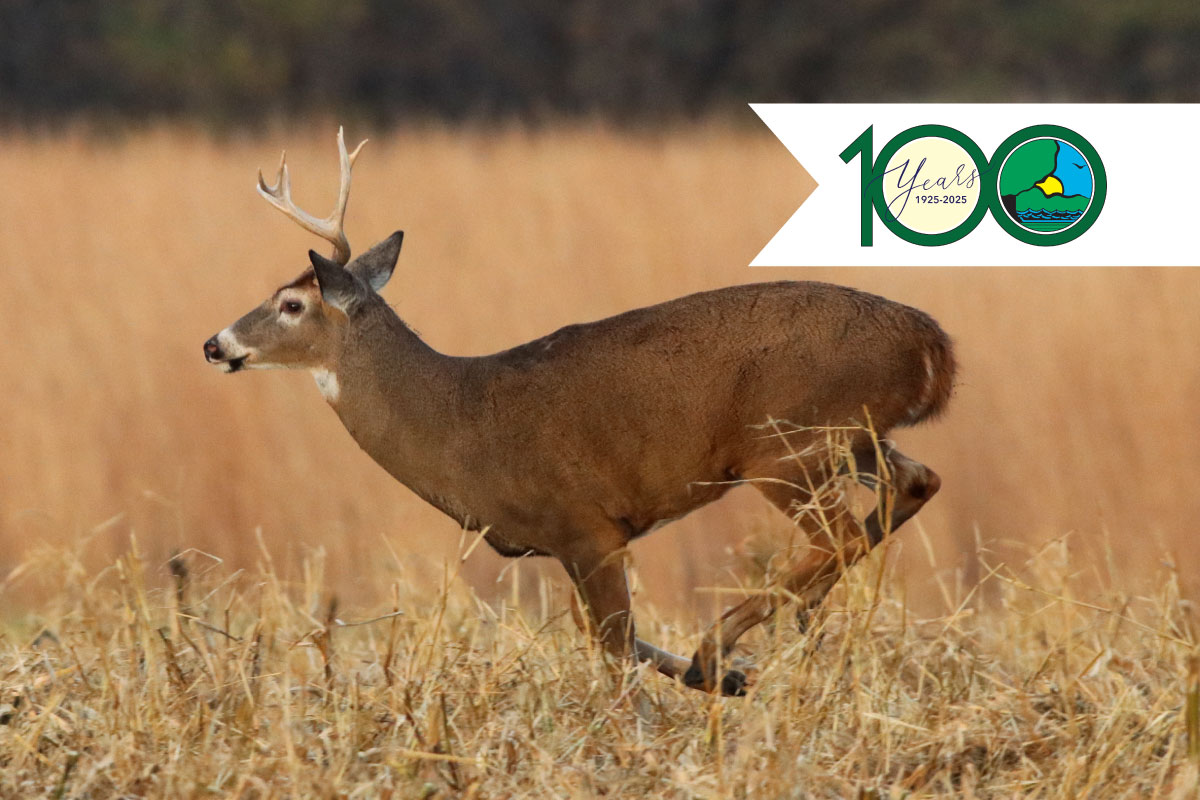
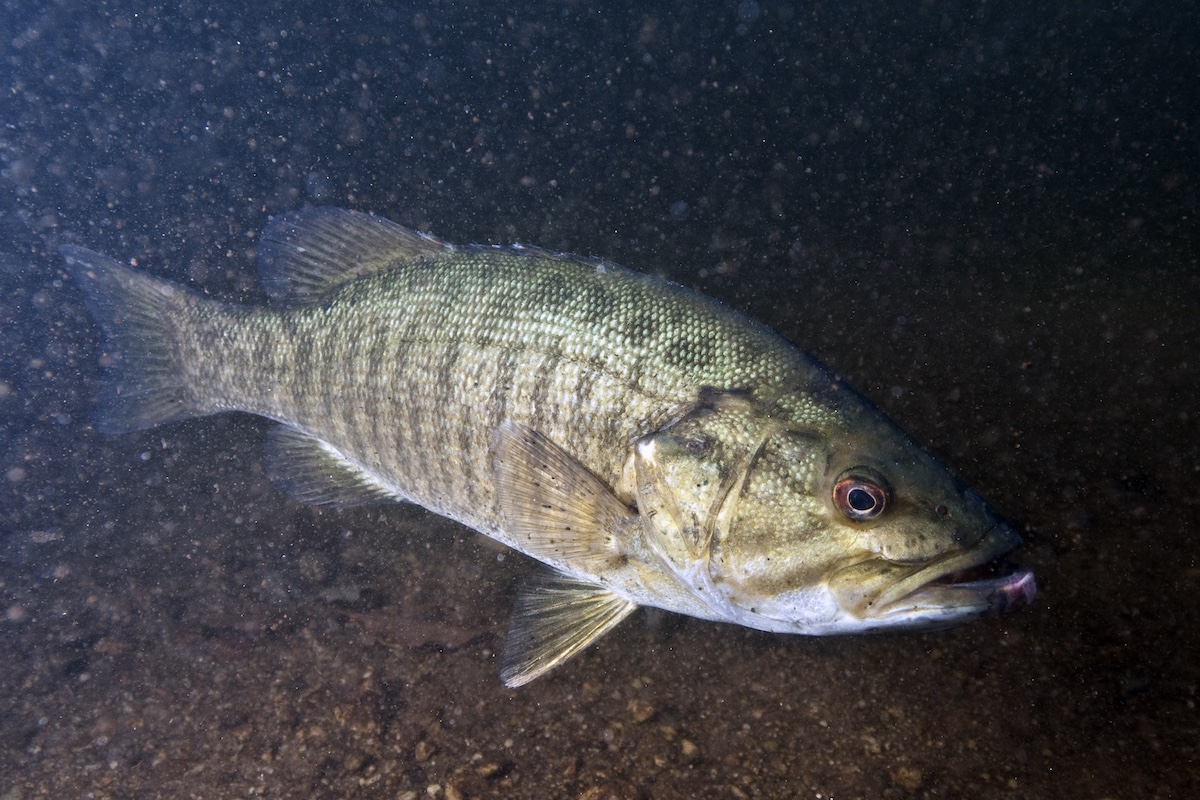
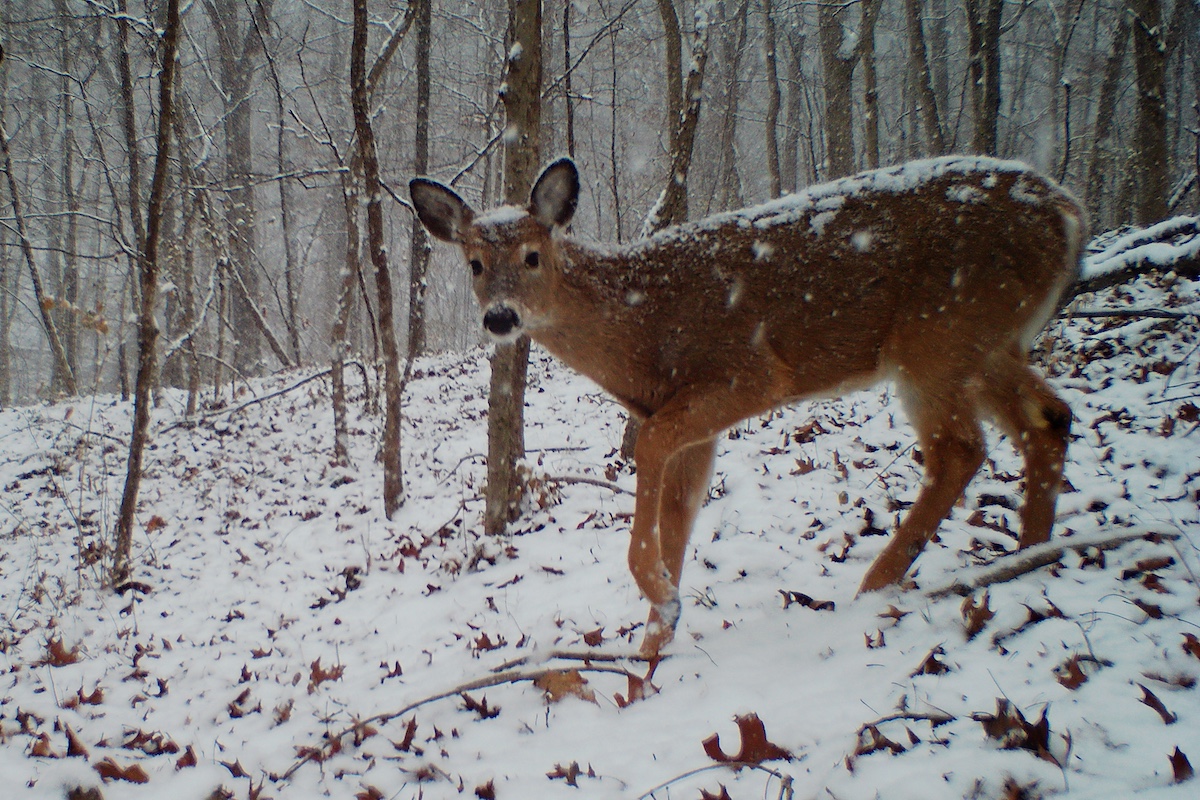
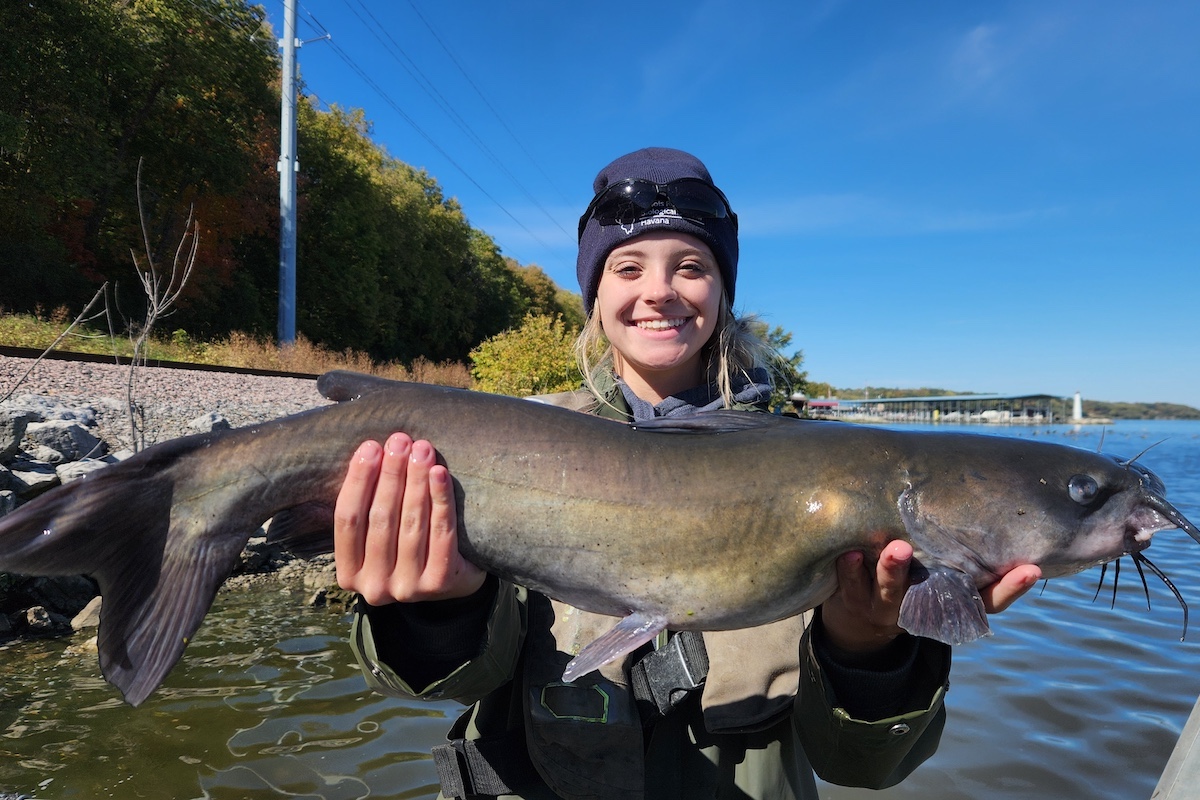
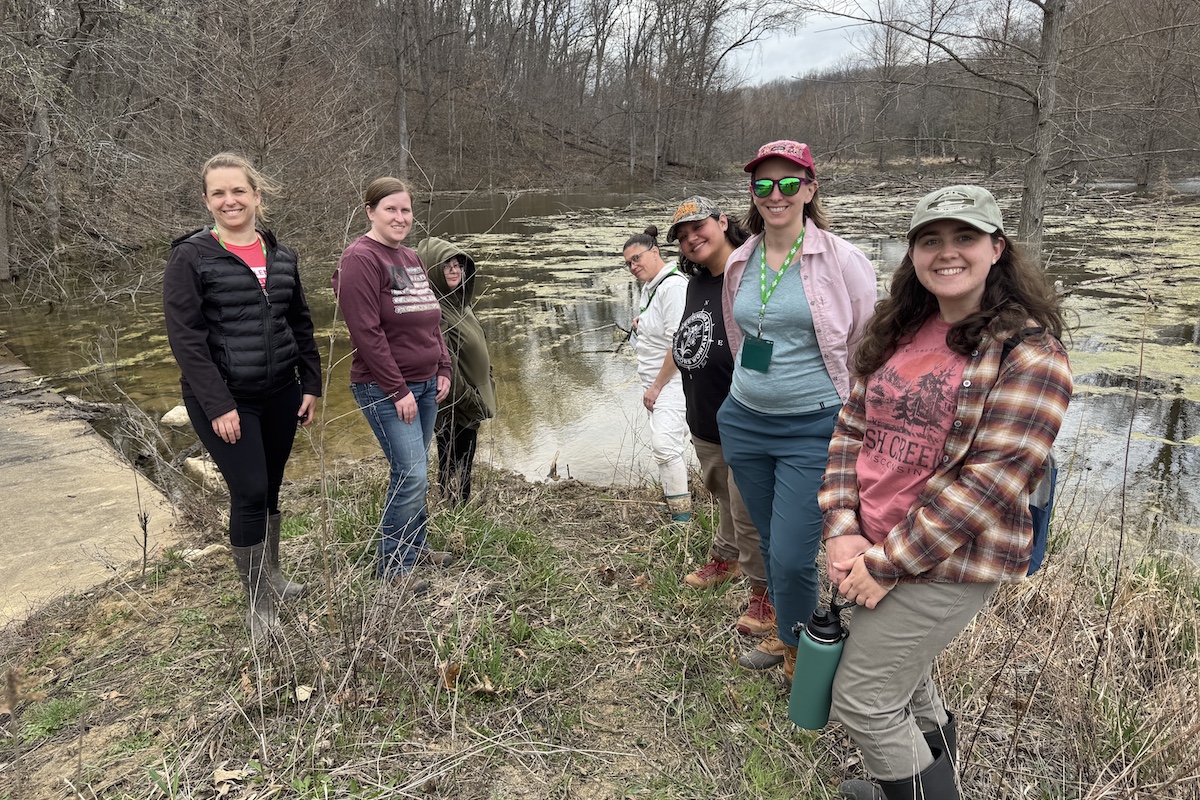
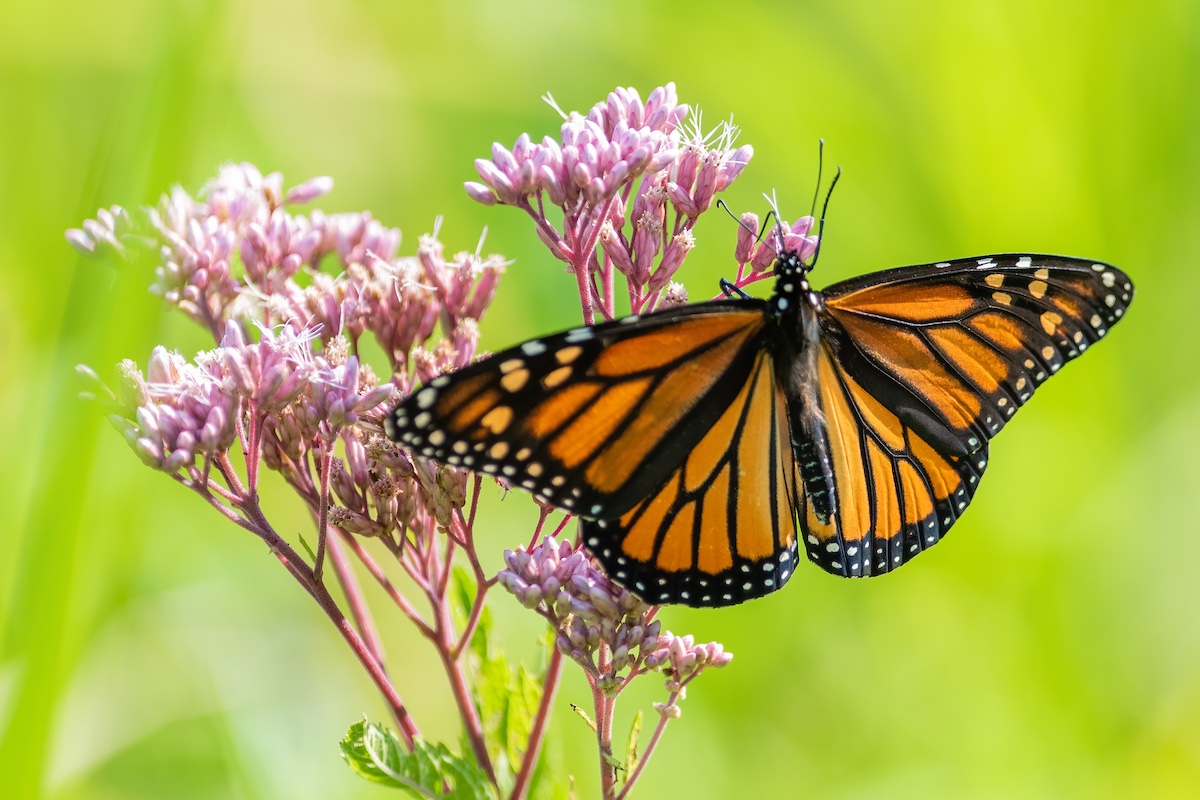
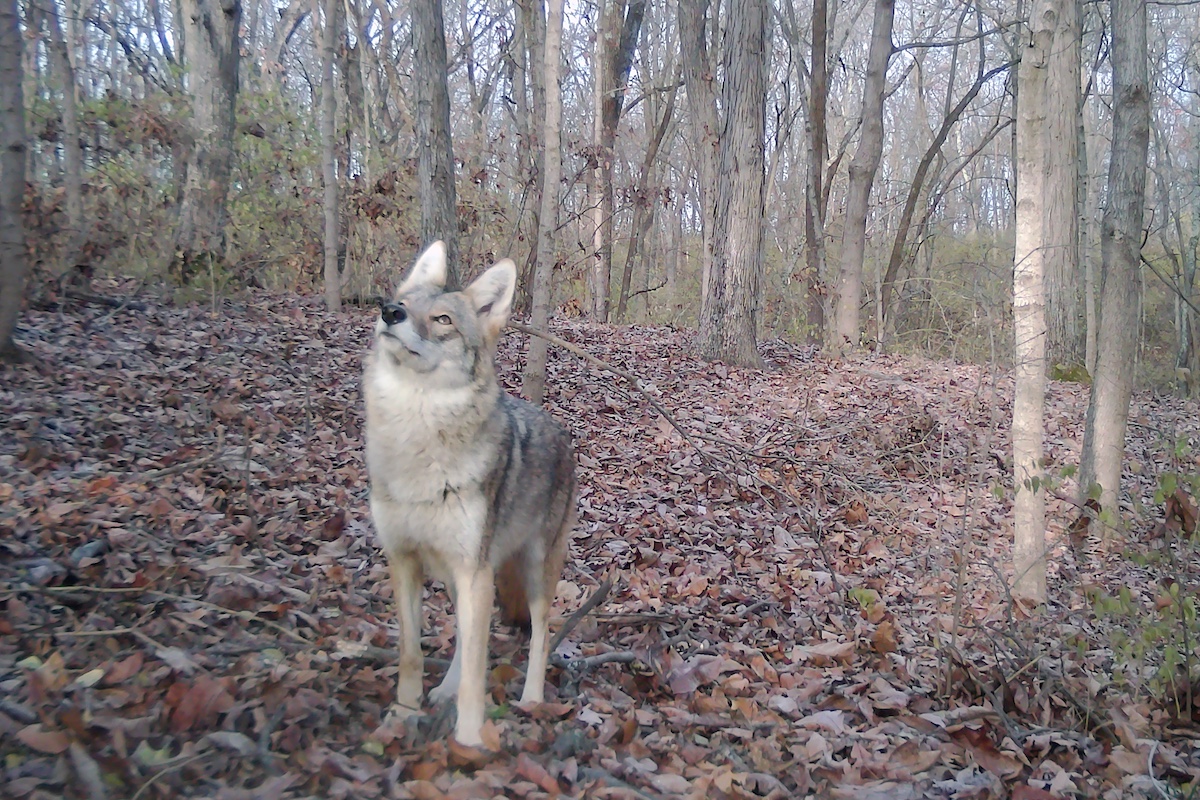
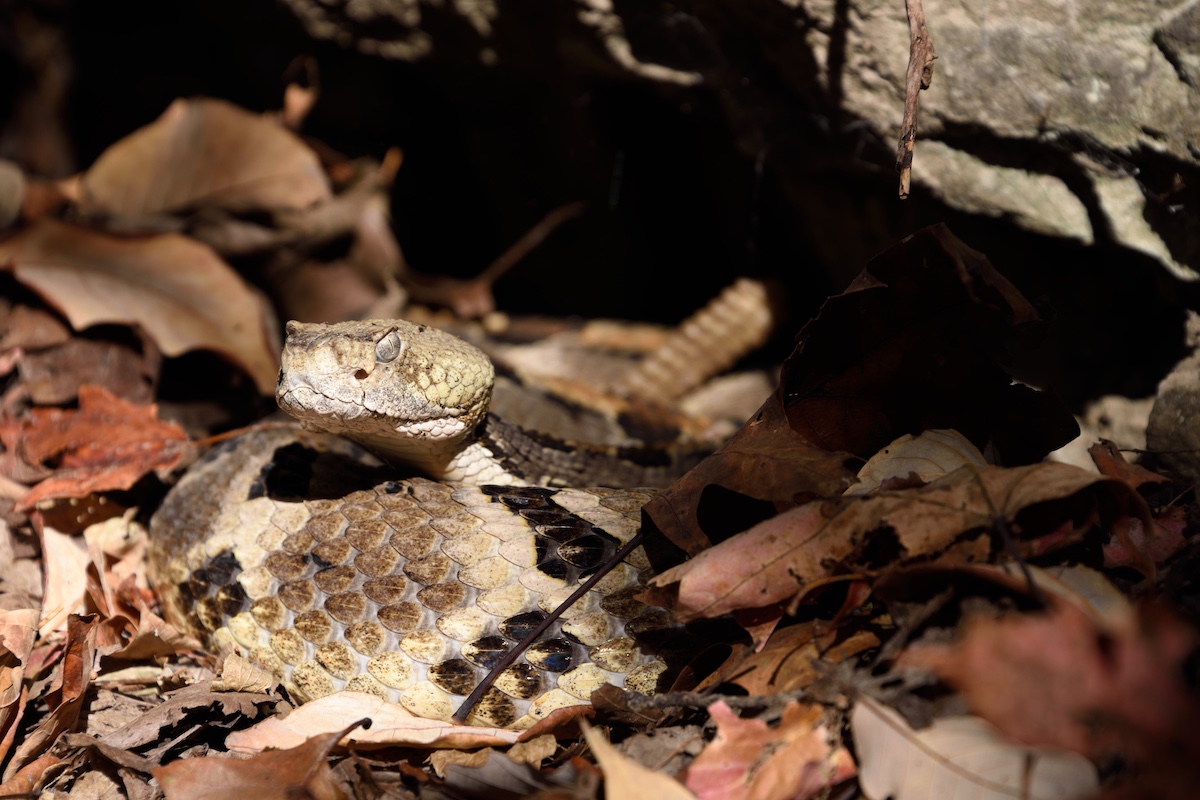
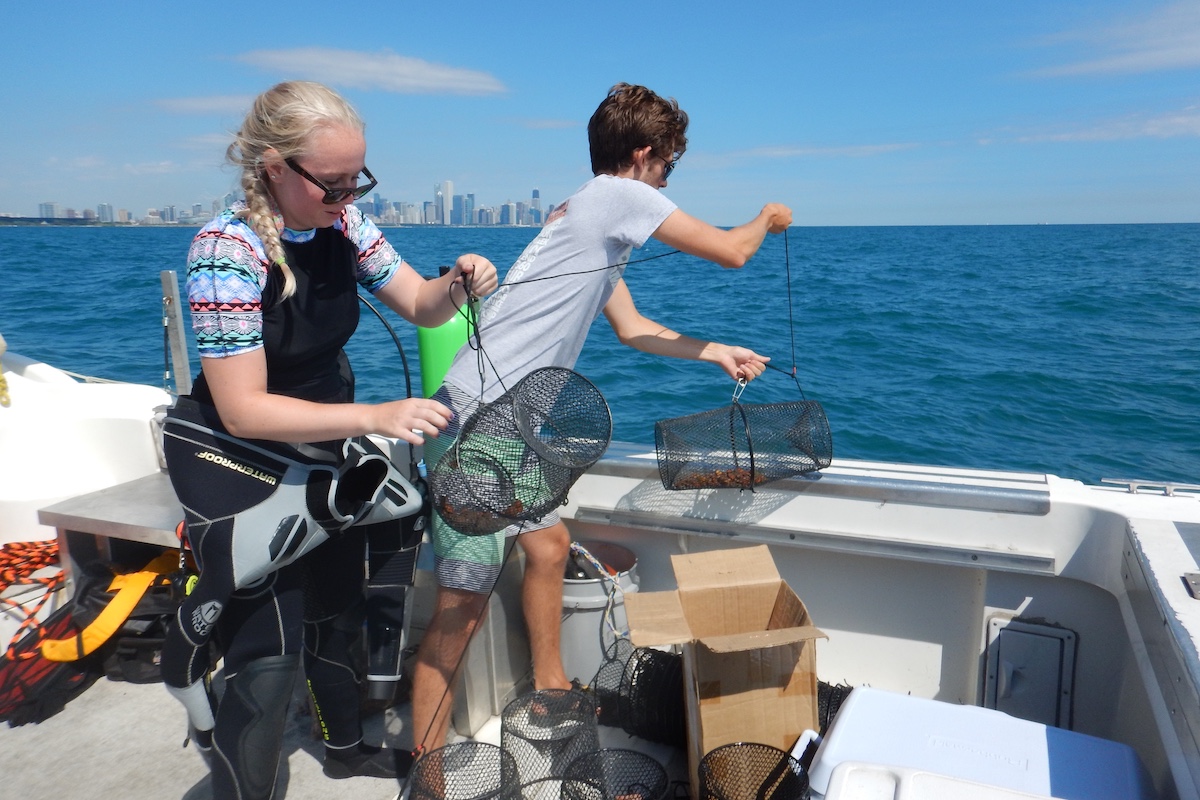
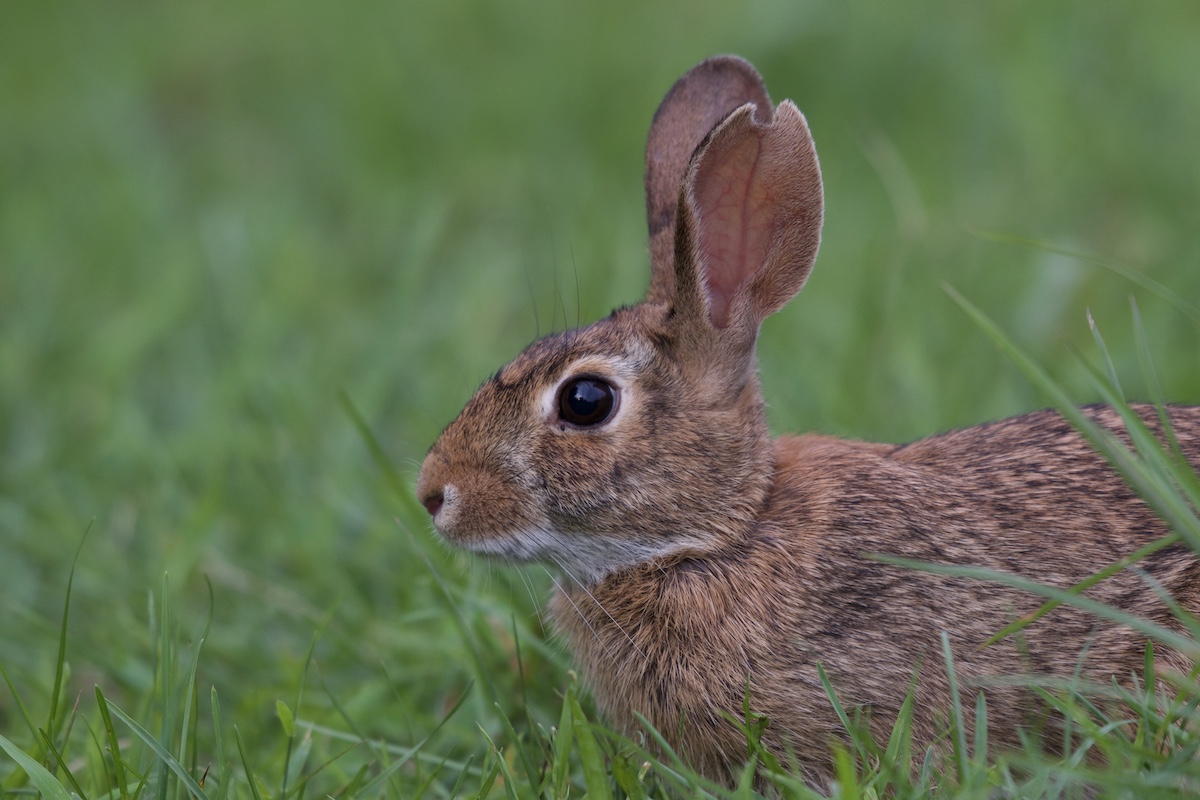
Submit a question for the author